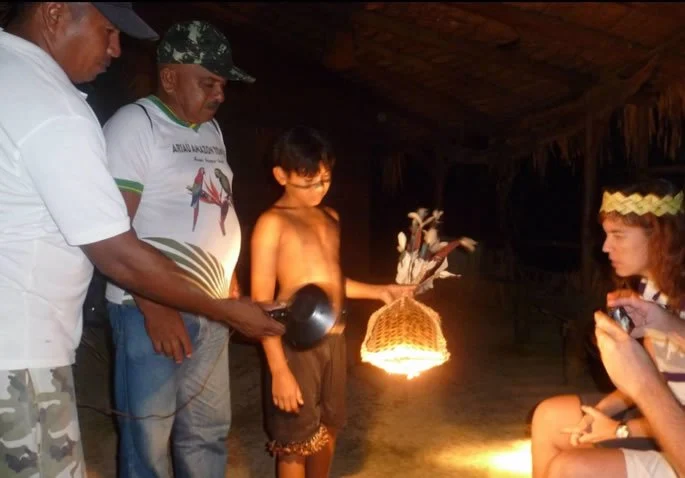I felt mixed emotions after a visit to a neurologist. After over a year of unexplained pain, I finally received an official name, a diagnosis for what I had been feeling.
It all started when I began to experience steaming at the follicles of my hair. At first, I didn’t think much of it, attributing this discomfort to an unusual headache. As time went on and the strange sensation persisted almost daily, I began to doubt if perhaps I was imaging this physical ailment. As months went by, the situation didn’t resolve itself, and I realized that it needed to be addressed. Within minutes of my visit to a neurologist, my condition was identified as Allodynia, a neurological condition that causes extreme sensitivity to touch, temperature or pressure. In my case, this condition affected my scalp.
On one hand, I was upset to hear about this diagnosis, yet there was a sense of relief in knowing that this was an identifiable medical issue. My pain was validated and classified, and there was a sense of peace that came with this realization.
In Judaism, we are encouraged to seek help from medical professionals for healing. Yet there are other cultures that associate self-inflicting physical suffering with growth.
I will never forget witnessing one of the most unusual “coming of age” ceremonies, celebrated by Sateré-Mawé indigenous people in the northwestern Brazilian Rainforest.
My husband and I had a unique opportunity to visit this tribe, which had almost no contact with the outside world. This ceremony involved the adolescent boy bringing bullet ants from the jungle to a tribe leader who then sedated the insects by submerging them in an herbal solution. Once the ants stopped moving, they were woven into “gloves,” with their stingers pointed inward. Soon after that process was completed, the ants woke up and the initiation dancing began. This ceremony required the adolescent boy to dance with the bullet-ant glove in front of his tribe members while being bitten by these poisonous insects.
The tribe links manhood with the ability to withstand pain without showing weakness. Apparently, the sting of bullet-ant tops the Schmidt Sting Pain Index—a scale that rates the pain caused by different Hymenopteran bites—as 30 times more painful than a sting of a bee. In addition to the pain, the venom also causes temporary paralysis of the boy’s hand and part of his arm.
While I felt compassion and worry for the boy, we felt we were not in a position to “judge” the self-inflicting pain aspect associated with the initiating ceremony.

The Jewish faith doesn’t glorify pain as a virtue on its own. We do not pray for challenges, hoping to achieve growth while overcoming difficulties. Yet Jewish people also don’t shy away from focusing on working on inner growth. In Pirkei Avot, “The Ethics of Our Fathers,” we are taught, “Who is strong? One who overpowers his inclinations.”
A short while before this experience, our family, too, celebrated a “coming of age” ceremony for our oldest son who turned 13. His bar mitzvah signified a Jewish milestone of reaching adulthood. Family and community members all gathered together to hear our son read from the Torah scroll for the very first time.
Judaism considers stepping into adulthood as a significant milestone of embracing Torah and responsibility for one’s choices. Interestingly, the actual term bar mitzvah means “son of commandment” because a Jewish boy is now able to wear tefillin, be counted as an adult man during prayers, and is obligated in the mitzvot.
As I sat in our synagogue, surrounded by our “tribal” members, listening to our son deliver his bar mitzvah speech, I felt unbelievable joy and pride. Our boy was becoming an adult as he was welcomed by his people. I knew he would continue to need inner strength and conviction to forge his path forward in life.
Unfortunately, in life, even while we don’t look for or glorify pain, we may encounter it. There are instances when there are no explanations or resolutions for a particular physical or emotional challenge. In those instances, Jewish heritage endows us with unwavering faith that pain, too, has its purpose. Human experiences include many ups and downs, joyous moments and difficult ones. As my favorite quote says, “pain is inevitable, suffering is optional.” By coming to the awareness that even the pain we suffer comes from our Creator, though we may not be able to fathom or understand it, we have given the pain a purpose.
As I embrace my newly diagnosed neurological condition, I follow medical advice on how to ease my discomfort, while I realize that some days I will not be able to avoid pain because there is no cure for Allodynia. I continue to pray for more “good days,” as I hope to be able to find peace and not have this condition define me. Unlike Sateré-Mawé indigenous people, we never ask for pain to prove strength. But when we do encounter problems, we can view them as an opportunity to accept such challenges with faith, resilience and a positive mindset.

